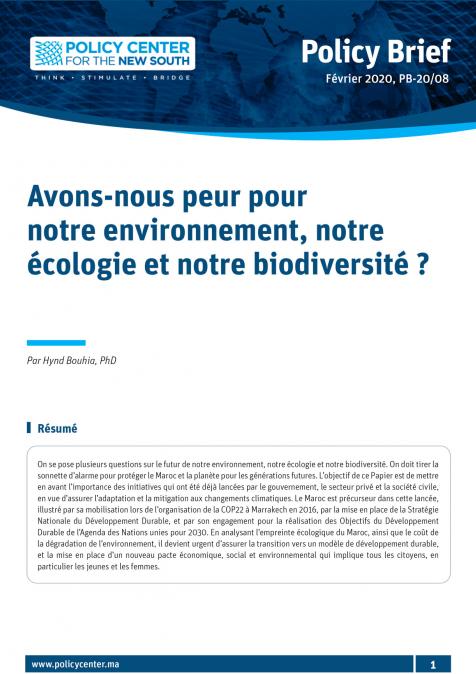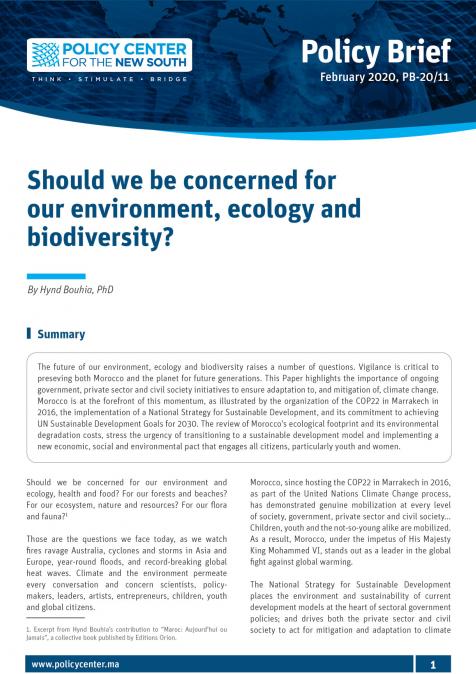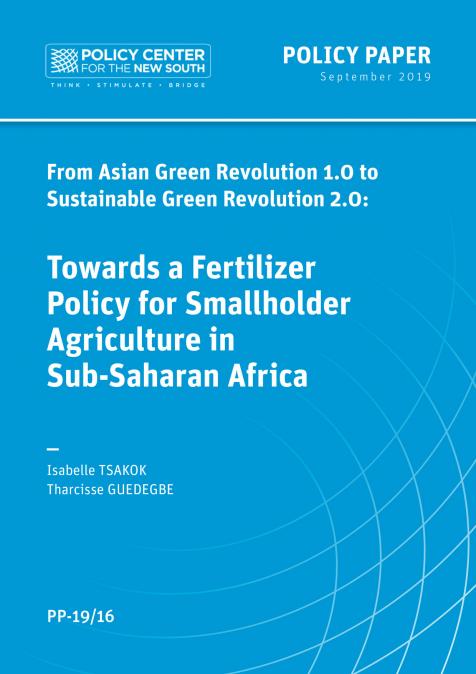Publications /
Opinion
I am pleading guilty. The evidence is indisputable, and denial a waste of time. I am using a weapon of mass destruction and threatening the future of our planet. I am killing life, a premeditated act. I just have one excuse and four billion accomplices. I am an addict - a polluter. I use the internet.
Our world is facing nuclear wars and climate change, the destruction of nature, the end of our civilization. Venice may sink, the rain forest of the Amazon turning into desert, the pristine Antarctic ice sheets may melt and plastic will blossom in our oceans, reduced to gigantic garbage deposits. The digital world is becoming more central and a larger piece of modern society with each passing year, stated “Greenpeace” in a report published in 2017 (“Clicking green: who is winning the race to build a green internet?”): “Ubiquitous, fast and cheap internet access combined with a seemingly endless array of internet-enabled devices, is rapidly redefining what we consider online and what is offline. But along with the significant solutions potential, delivering the digital age requires a tremendous amount of energy. Despite significant improvements in energy efficiency in both our devices and in the operation of data centers, our IT-related energy appetite marches rapidly upward.”
What does that mean? The glorious internet could turn out to be an even more dramatic polluter in the future, driving greenhouse gases into our atmosphere, sabotaging global efforts to stop the warming of our planet in 2018 information and communication technologies accounted for six to 10 percent of global electricity consumption, or four percent of our greenhouse gas emissions. And this figure increases by 5 to 7 percent each year! In other words: The planet is in trouble and I am as well- a fugitive of ecological responsibility like the majority of the internet generation.
I use instagram, whatsapp, Google, YouTube. I send e-mails, listen to music and write and write and am aware that each second I spend on Google, 23 trees have to use up their CO/2 sucking abilities’. I know that 20 emails a day over one year create the same CO/2 emission as a car travelling 1000 kilometers. I admit that I read that when browsing the web “an average internet user yearly needs about 365 Kwh electricity and 2900 liters of water, which corresponds to the CO/2 that is emitted driving 1400 km by car.” The search for a web address, stated “Energuide.be”, represents 3.4 Wh (0.8 g CO/2 equivalent) but the total rises to 10 g after an internet search produces five results. If a web user makes an average of 2.6 web searches per day, he can be extrapolated to be emitting 9.9 kg of CO/2 equivalent per year. Google.com processes an estimated average of 47 OOO requests per second. Each query supposedly causes O.2 grams of CO/2 emission.
100 MILLION TONS OF CO/2
Online pornography confirmed the “New Scientist”, produces as much CO/2 as a country like Belgium, approximately 80 million tons of CO/2 as a French think tank, the “Shift project”, confirmed. In 2015, a study suggested that internet activities provoke as much CO/2 emissions as the airline industry, a figure which has been largely surpassed during the last four years. “Major Drivers of data demand”, Greenpeace stated, are “streaming video &social media”. This year the ecologists predicted, the traffic due to video streaming will occupy more than 80 percent of the total traffic generated. Every second nearly a million minutes of video content will cross the network. 30 minutes of Netflix produces about 1.6 kilo CO/2, the same result as a short car ride. Video streaming, researched the “Shift project”, is causing more than 100 million tons of CO/2, and You Tube and its competitors are using enough electricity to generate emissions of 65 million tons.
I am one of four billion humans, which are part of “the tsunami of data”, as the British “Guardian” qualified the digital revolution in 2018, which has captured the planet, and ignored for decades the damage it causes. “The internet will likely be the largest single thing we build as a species”, stated Greenpeace, “the internet’s energy footprint is expected to rise further, fueled both by our individual consumption of data and by the spread of the digital age to more of the world’s population, from 3 billion to over four billion globally. “A decade ago, scientists measured or/and estimated that the then approximately 2.7 billion mobile phone users produced 125 million tons of CO/2 through their electricity consumption- one quarter percent of emissions worldwide. The ecologists of Greenpeace advance a fundamental problem: “How we build and power our quickly growing global digital infrastructure is rapidly becoming central to the question of whether we will be able to transition to renewable energy in time to avoid dangerous climate change. If data centers and other digital infrastructure are 100 percent renewably powered, our increasing reliance on the internet can actually accelerate our transition to a renewably powered economy. But, if our growing digital infrastructure is built in the opposite direction, locking us into a dramatic increase in the demand for electricity from coal and other dirty sources of energy that are changing our planet’s climate, it will be far costlier and take an unnecessarily longer time to reach a renewably powered economy.”
NO FREE RIDE INTO THE DIGITAL FUTURE
It takes an enormous amount of energy to manufacture and power internet and its devices, which does not halt its destructive power at the uncontrollable distribution of fake news and messages of hate, but damages impoverished nations of Africa and Asia with toxic e-waste, 50 million tons annually. Yes, yes, we have been duped to believe, that the Silicon Valley – geniuses offered a free ride into the digital future-- no limits, no borders, uncontrolled communications, freedom of speech, pure data travelling back and forth between net connected devices, the wisdom of our world, the voice of mama in Timbuktu, the lover in Aix en Provence, the banker in Panama City, a cardinal in the Vatican, Christian Ronaldo, just one push of a button away.
The internet, most users are probably neither aware not interested, relies on millions of physical servers and data centers around the world, connected through miles and miles of undersea cables, switches and routers. “Those servers aren’t powered by magic, they ‘re powered by electricity. And more often than not, this electricity is produced by fossil fuel sources like coal or natural gas (which together provide nearly three quarters of US power), and our magical clouds may leave a very dirty footprint”, noted “Time”. Some experts believe that by 2025 about 25 percent of all electricity produced will be used by internet consumers, who are, in one way or the others, turning into polluters, being, like myself, guilty of provoking climate change. Ronald Trump is convinced climate change is a hoax and did use his twitter account 15 000 times since elected US President, assisting in his own way to push the world towards the brink. There is no argument among experts- the three most energy hungry internet components are the end users’ equipment, data centers and networks. Each click, each message sent, each video watched solicits data centers, factories of the digital economy, which store billions of messages, photos and videos worldwide. Peter Gross, an engineer and designer of power systems for data centers, confirmed:” A single data center can take more power than a medium sized town.”In France the energy consumptions of all data centers (in 2015) consumed more electricity than Lyon, one of the largest towns of the nation.
“LITLE, IF ANY, ATTENTION WAS GIVEN”
A single router consumes 10 000 watts (10 kw); a very large data center comes close to consuming 100 million watts (100 MW), or one tenth of the output of a thermal power station. Web infrastructures are usually oversized in order to respond to peak usage. Therefore, a router generally operates at 60 percent of its capacity, but even when inactive these devices consume almost as much energy as when they are running at full capacity. The data centers with its hundreds, thousands , of servers are keeping a permanent storage temperature of 22 degrees centigrade—achieved with electrically driven air-condition systems.
When Greenpeace first began to observe major data center operators, “little, if any, attention was given by companies to securing a renewable source of electricity to power data centers.” Google soon after started to break trail by signing its first wind energy power purchase agreement. However, the adaption of a meaningful goal to be 100 percent renewably powered “was not seriously considered by any company”(Greenpeace), thus accelerating the pollution of our planet, adding carbon dioxide emissions from the combustion of coal, natural gas, oil and other fuels into the worlds atmosphere. The digital revolution suddenly projected itself as a giant polluter-even manufacturing devices itself generate more CO/2 than most users create after buying them.
The reluctance of high tech giants to be concerned about the electricity use and the effects of the colorless greenhouse gas on the warming of our planet, was questioned by almost one million Facebook users encouraged by Greenpeace in a “ Unfriend Coal Campaign”. The enigmatic Mark Zuckerberg , Facebook’s owner , promised a meaningful commitment to steer his company onto a 100 percent renewable energy paths, followed in 2016 by a “significant jump as fifteen data centers operators and major internet companies have embraced the importance of powering their rapidly growing operations with renewable energy.”(Greenpeace) Apple did build the country s largest privately owned solar farm at its North Carolina data centers, powering its Nevada data farms with geothermal and solar energy , buying wind energy for its Oregon and California data centers. Google is buying, one example, wind energy in Texas, that is then injected into the local grids where it runs data centers .Just last month, January 2020, Microsoft pledged that within the next 30 years it will remove all the carbon it has emitted since the company was founded in 1975.The first step: the creation of a “Climate Innovation Fund”, worth one billion dollars .The plan: searching for the best available science and math on carbon reduction, developing digital technology to help its customers and suppliers to reduce the Microsoft carbon footprints. Microsoft- President Brad Smith promised in writing that by 2030 his firm will be carbon negative, and by 2050 will remove from the environment “all the carbon the company has emitted either directly or by electrical consumption”.
ENVISIONING THE FUTUR
Since by 2050 I certainly will be engulfed by greenhouse gas in eternity, I will try redemption, being saved from error, evil or sin in my internet phase( using excessive amounts of electricity to entertain my thoughts and fantasies , read gossip , follow the rivalry of the two Popes in the Vatican or watch Trump’ s fever of self glorification) by transforming advise from energuide.be, which offered answers to the question: “What can I do as a user to limit my CO/2 emissions on the internet?” Since I am a polluter and accomplice of climate warming, I will obey and follow (most of) the nine suggestions: Reduce the size of the documents you send by email to reduce the weight of the message. Do not spread chain mail, petitions, humorous images, or fakes or gossip; Regularly delete emails that have been dealt with and do not forget to empty the bin. Unsubscribe from newsletters you do not read; enter the address of a website if you know it rather than going through a search engine. Cut down the number of pages you view by using specific keywords; make your regularly viewed websites your favorites’. Make regular use of your Smartphone’s optimization feature that stops apps (sometimes several dozen) running unnecessarily in the background and empties unnecessarily occupied memory space without easing any of your data” Also read: “How to reduce the energy consumed by my PC, smart phone and tablet?”
My personal suggestion: If you really want to follow your mea culpa to a self torturous limit return to classical, handwritten, even perfumed, letters, read newspapers or just buy a book at the bookstore nearest to you, eco disaster novels like “The carbon diaries 2015” for example, “I will send rain”, or “Memory of water”. Prepare your Kleenex-handkerchiefs before reading.
The opinions expressed in this article belong to the author.






